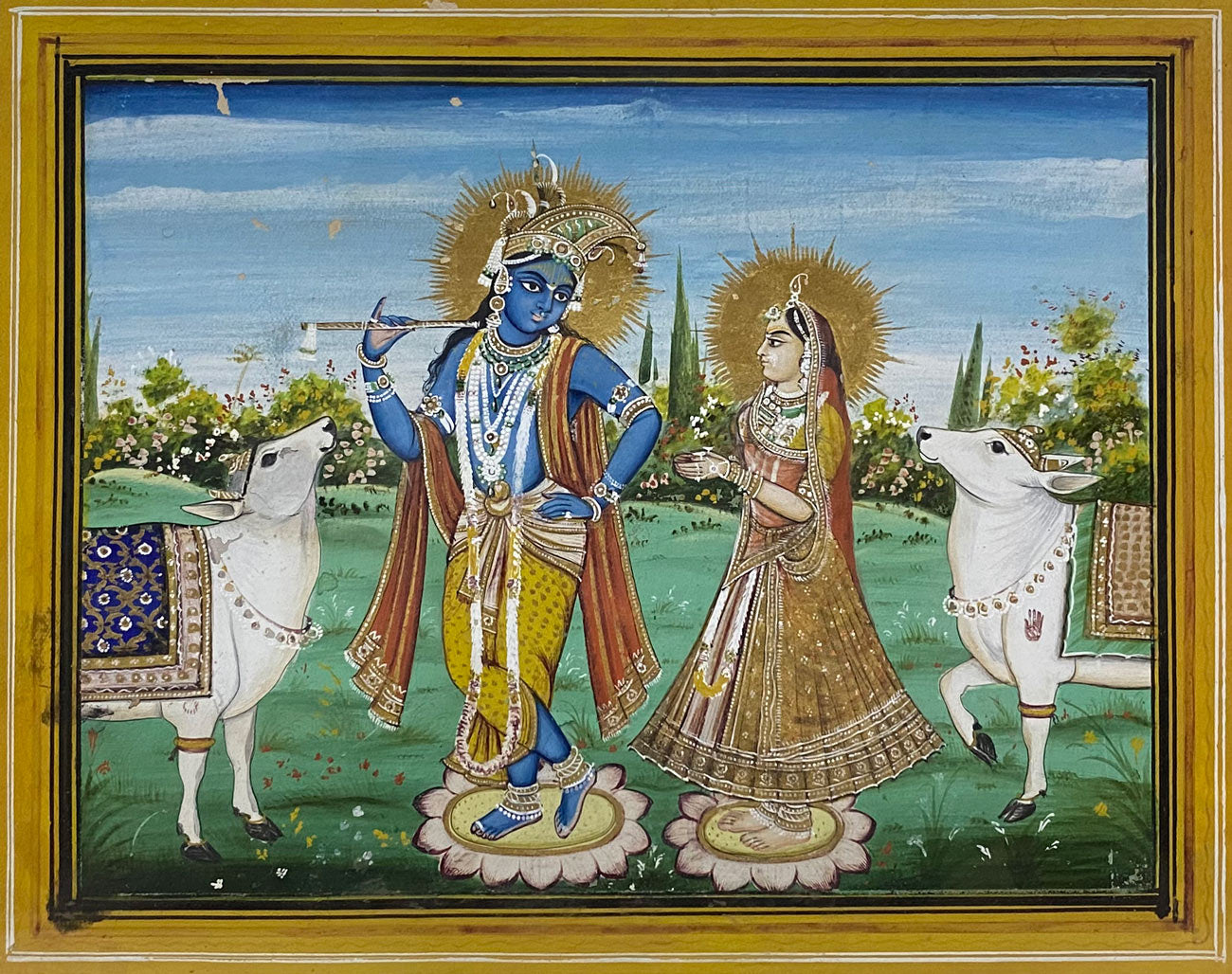- Home
- Krishna and Radha
Loading...
Krishna and Radha
All orders are insured for transit.
This item cannot be shipped outside India.
All orders are insured for transit.
This item cannot be shipped outside India.
Details
| Size: | 10.5 x 12.5 inches (framed) |
| Medium: | Natural Colours on Paper |
| Condition: | Very Good |
| Style: | Jaipur School of Painting |
Description
By the sixteenth century, Vaishvanism in the cults of Rama and Krishna had become popular in many parts of western, northern and central India, as part of the Bhakti movement that had swept the entire Indian subcontinent. Krishna had a special appeal. He was not only worshipped as God but also as an ideal lover. The notion of ‘love’ was cherished as a religious theme, where a delightful synthesis of sensuousness and mysticism was perceived. Krishna was perceived as the creator from whom all creation was a sportive emanation, and Radha, the human soul who offered herself to God.
The size of this painting is 7.25 x 9 inches. With the frame, it measures 10.5 x 12.5 inches.
About the Jaipur School of Painting
It is generally believed that the Jaipur School of Painting (sometimes called the Amber School) began in the State of Amber, which had the closest relations with the Mughal Emperors. Amber was the capital until Sawai Jai Singh (1699–1743), an influential ruler, who established a new capital city Jaipur in 1727, and shifted from Amber (hence the two names of the school). Jaipur School of paintings thrived under his reign and emerged as a well-defined independent school. The Jaipur School, largely due to Jaipur’s friendly alliances with the Mughals, remained rooted in the Mughal style, though the artists pushed the boundaries to include
tales from Hindu epics and the escapades of Lord Krishna. It was only in the eighteenth century, under the aspiration of Sawai Pratap Singh (1779–1803) that the predominant Mughal influence receded and a Jaipur style with reformulated aesthetics, which was a blend of Mughal and indigenous stylistic features, emerged. The Jaipur School falls under the umbrella term of the Dhundar School of painting, which includes the Jaipur, Alwar and Ajmer Schools).
-
Description
Read MoreThis is a Jaipur School painting of Radha and Krishna. Both stand on stylized lotuses with decorated cows on either side. Krishna is the god of compassion, tenderness, and love, and is one of the most popular and widely revered among Indian divinities. Radha is Krishna’s most prominent wife, and her selfless love of Krishna is considered a model to devotees.
By the sixteenth century, Vaishvanism in the cults of Rama and Krishna had become popular in many parts of western, northern and central India, as part of the Bhakti movement that had swept the entire Indian subcontinent. Krishna had a special appeal. He was not only worshipped as God but also as an ideal lover. The notion of ‘love’ was cherished as a religious theme, where a delightful synthesis of sensuousness and mysticism was perceived. Krishna was perceived as the creator from whom all creation was a sportive emanation, and Radha, the human soul who offered herself to God.
The size of this painting is 7.25 x 9 inches. With the frame, it measures 10.5 x 12.5 inches.
About the Jaipur School of Painting
It is generally believed that the Jaipur School of Painting (sometimes called the Amber School) began in the State of Amber, which had the closest relations with the Mughal Emperors. Amber was the capital until Sawai Jai Singh (1699–1743), an influential ruler, who established a new capital city Jaipur in 1727, and shifted from Amber (hence the two names of the school). Jaipur School of paintings thrived under his reign and emerged as a well-defined independent school. The Jaipur School, largely due to Jaipur’s friendly alliances with the Mughals, remained rooted in the Mughal style, though the artists pushed the boundaries to include
tales from Hindu epics and the escapades of Lord Krishna. It was only in the eighteenth century, under the aspiration of Sawai Pratap Singh (1779–1803) that the predominant Mughal influence receded and a Jaipur style with reformulated aesthetics, which was a blend of Mughal and indigenous stylistic features, emerged. The Jaipur School falls under the umbrella term of the Dhundar School of painting, which includes the Jaipur, Alwar and Ajmer Schools).
-
Details
Size: 10.5 x 12.5 inches (framed) Medium: Natural Colours on Paper Condition: Very Good Style: Jaipur School of Painting AUTHENTICITY
This artwork is accompanied by an Authenticity Certificate.
-
Returns
We accept returns within 7 days of delivery if the item reaches you in damaged condition. -
Shipping
This item will be shipped framed. Shipping costs are extra, and will be calculated based on the shipping address.All orders are insured for transit.
This item cannot be shipped outside India.
This item has been added to your shopping cart.
You can continue browsing
or proceed to checkout and pay for your purchase.
This item has been added to your
shopping cart.
You can continue browsing
or proceed to checkout and pay for
your purchase.
This item has been added to your wish list.
You can continue browsing or visit your Wish List page.
Are you sure you want to delete this item from your Wish List?
Are you sure you want to delete this
item from your Wish List?

































































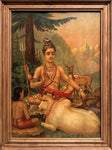















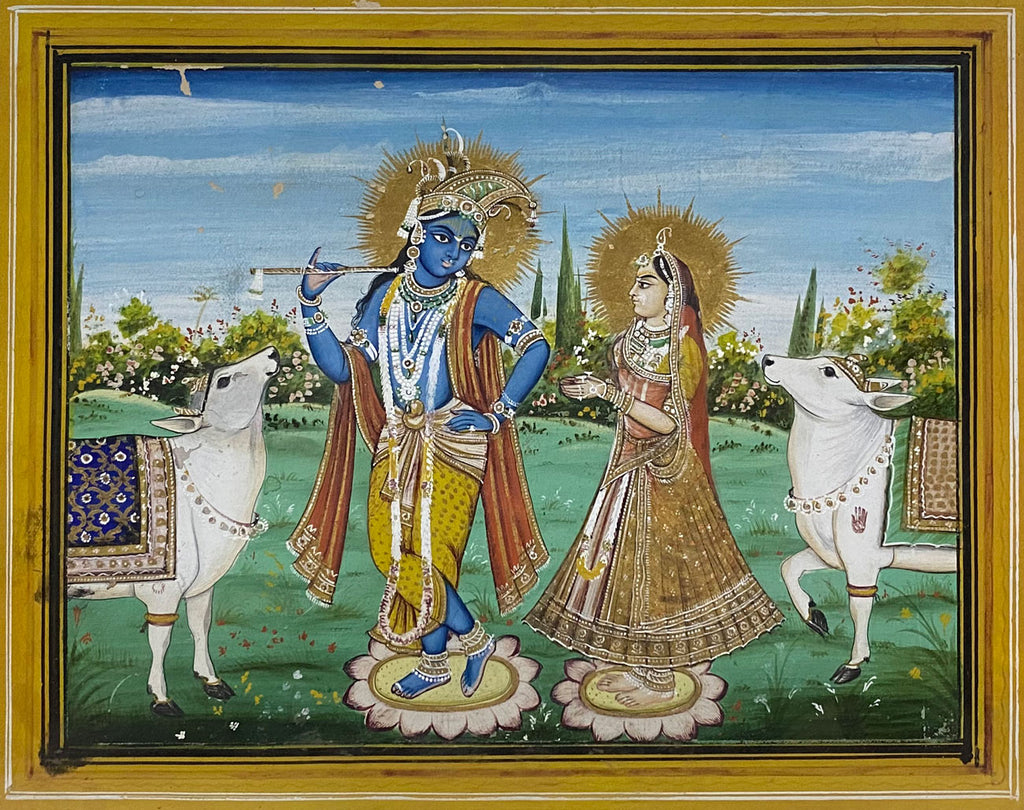
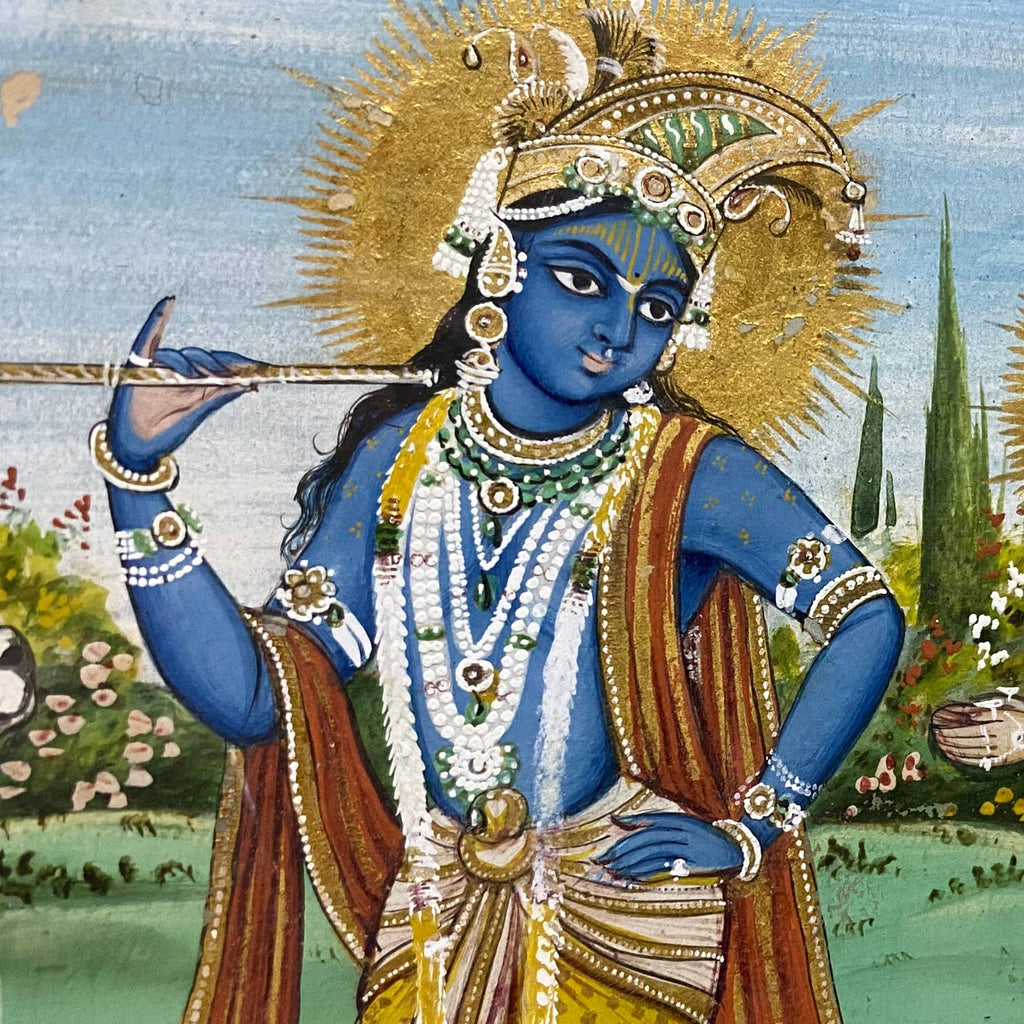
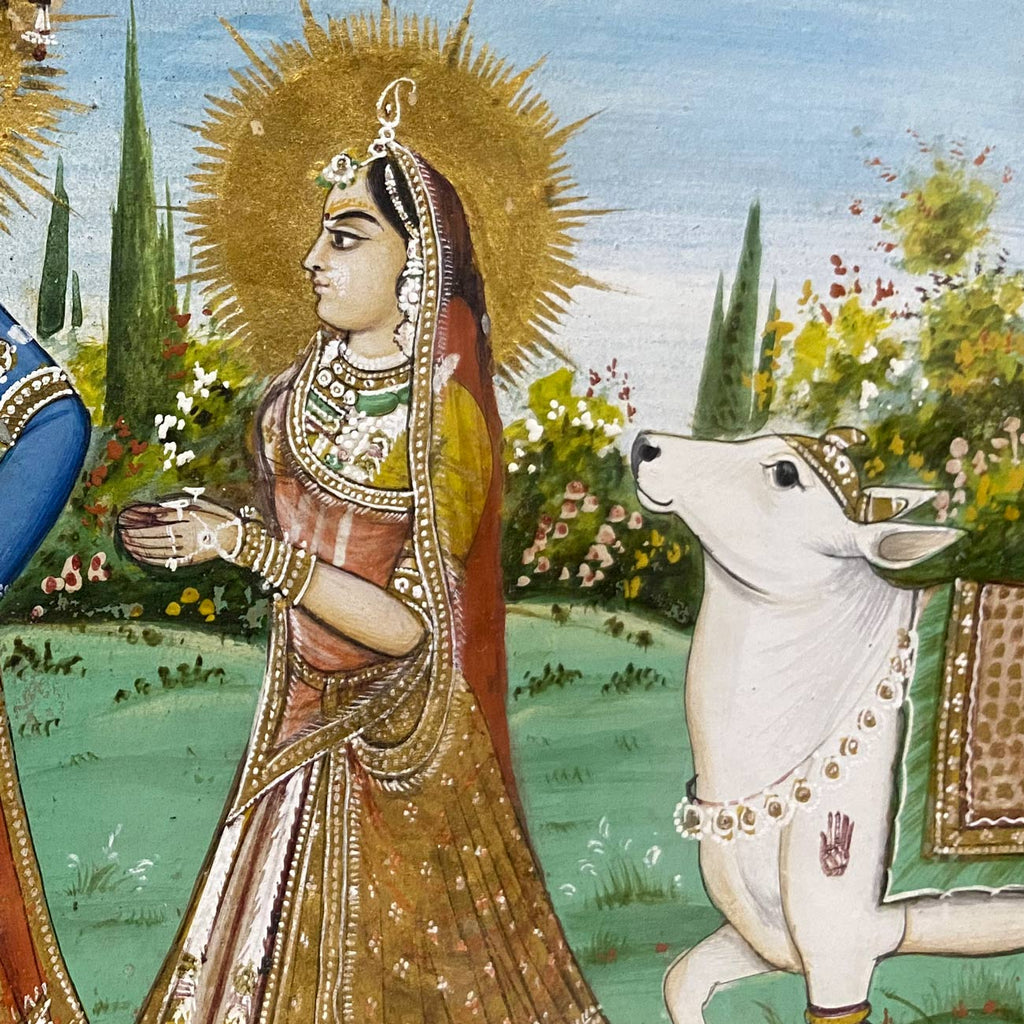
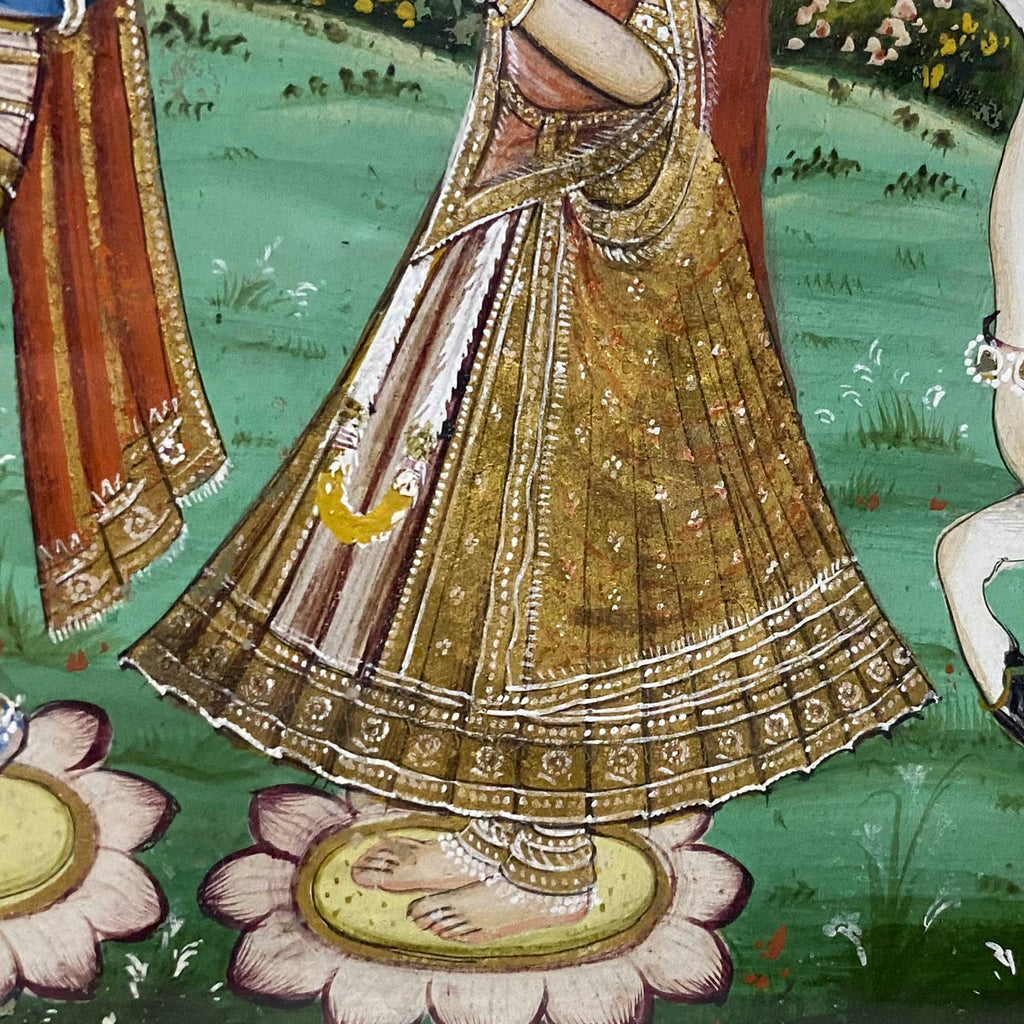
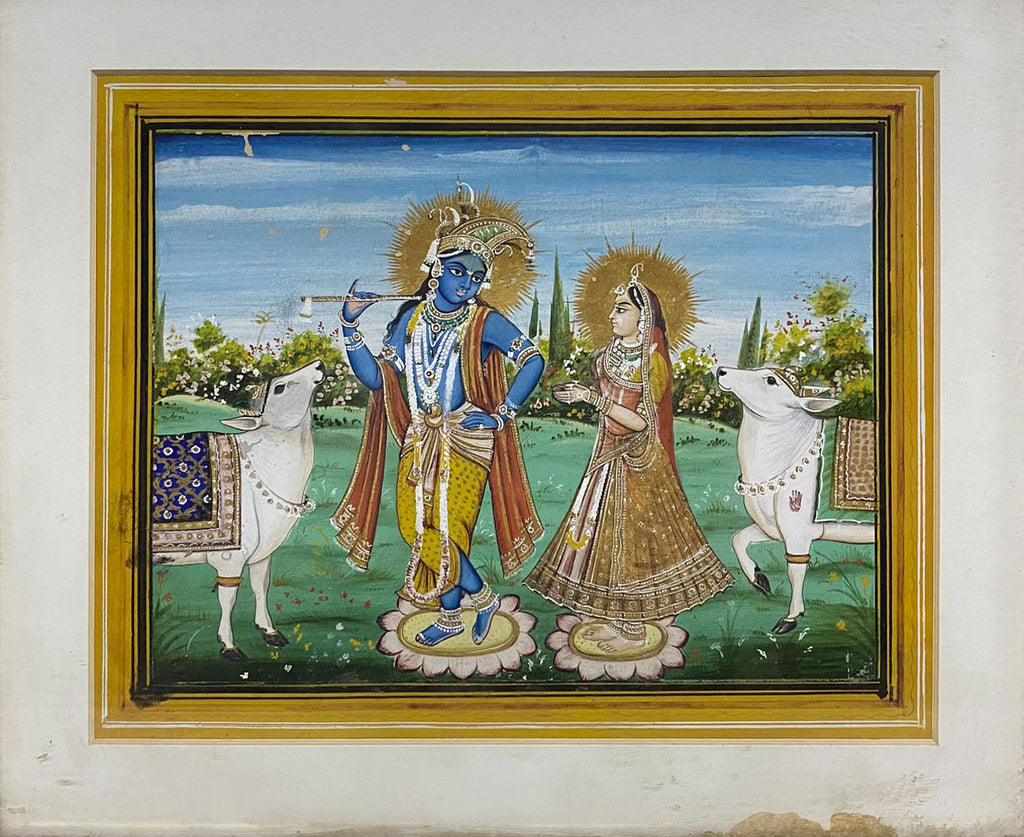
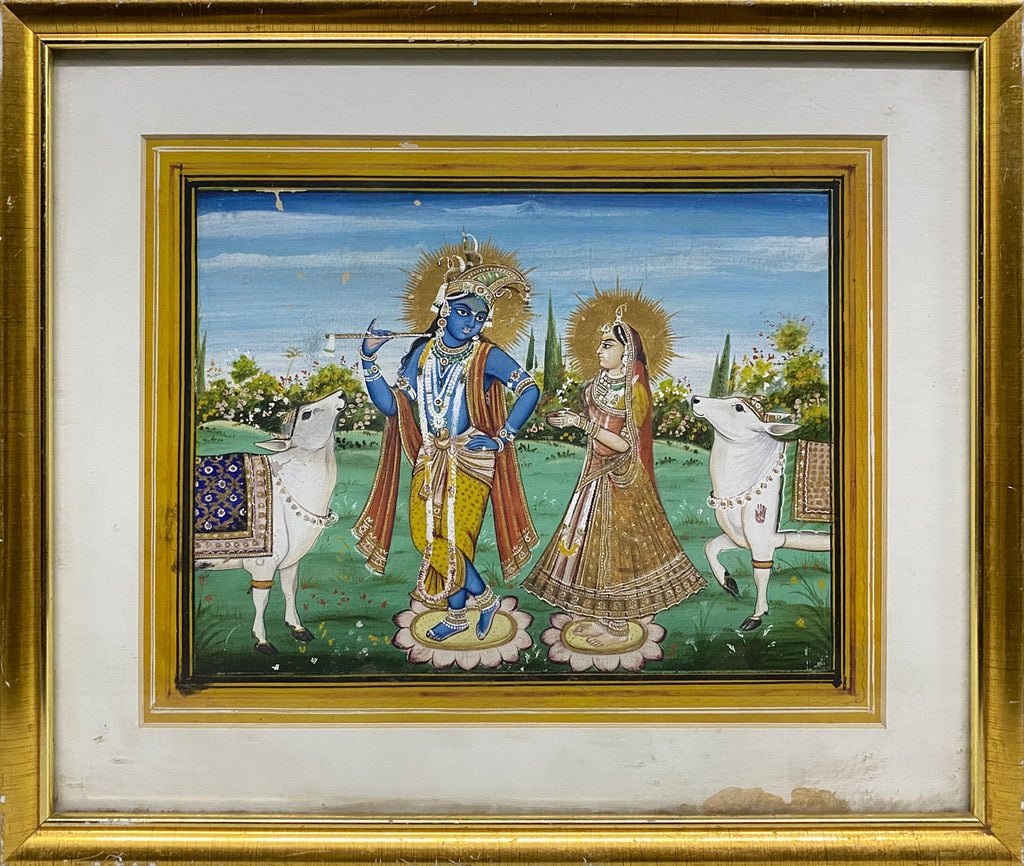
 View Full Screen
View Full Screen
